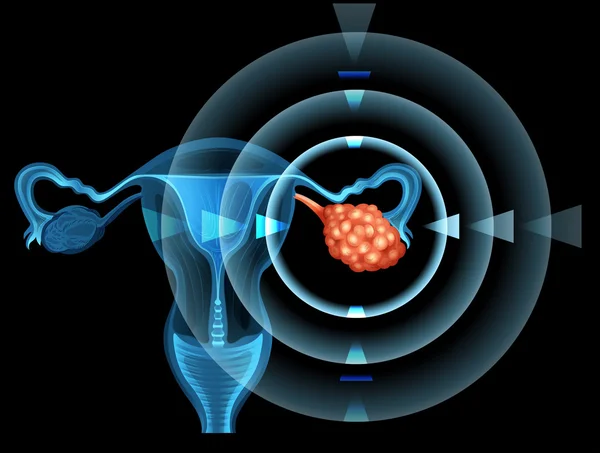BIOMARKERS REVOLUTIONIZE OVARIAN CANCER TREATMENT: OBSERVING WORLD OVARIAN CANCER DAY.
Genetic markers are taking on an even greater significance in ovarian cancer, a disease that has long been associated with the role of BRCA1/2 gene mutations in many patients. Testing for particular biomarkers not only predicts risk factors for the disease but can also guide treatment choices for patients with advanced ovarian cancer to maximize survival outcomes.
Targeted therapy with PARP inhibitors initially showed efficacy in patients with BRCA mutations, but now benefit has been shown for those with BRCA wild-type disease with homologous recombination deficiency (HRD) as well, making testing for both of these biomarkers crucial. Originally approved in later lines of therapy, PARP inhibitor therapy is beneficial earlier in treatment and now plays a role as primary maintenance following frontline platinum-based chemotherapy. Studies have shown that these therapies can double the duration of progression-free survival (PFS).1,2
With mirvetuximab soravtansine-gynx (Elahere), an antibody and microtubule inhibitor combination, getting fast approval for patients with platinum-resistant epithelial ovarian cancer with high expression of late receptor alpha, further targeted therapy modalities are on the horizon.3 Genetic testing using next-generation sequencing (NGS) and other methods is a crucial approach to locating clinical trials for patients with recurrent illness because of the high prevalence of ovarian cancer recurrence.
In an interview with Targeted Oncology TM, Natalie God bee, DO, a gynecologic oncologist at the City of Hope Atlanta, discussed the current state of treatment for advanced ovarian cancer and how oncologists can get the best outcomes for their patients.
Targeted Oncology: Can you discuss how the field has changed compared with a few years ago?GODBEE: Within the past 10 years, we've had a lot of changes with ovarian cancer. This was when PARP inhibitors were introduced to our community, and they were a change from traditional chemotherapy. Initially, when they were introduced, we were using them for second-line maintenance as well as treatment in the third and fourth lines. However, now we're able to use those as first-line maintenance therapy. We not only look at their BRCA [mutation] status but at patients’ homologous recombination status now because if they are HRD, they will respond to these PARP inhibitors. What are some trials that you feel have been most practice-changing?
>>click here >> https://bit.ly/41o4bbr
The latest trials that have
made the most impact for us would be the These involve the PARP inhibitors being
used as first-line maintenance. The maintenance idea was introduced several
years ago with chemotherapy first and we found that it worked well. Then when
we introduced the VEGF inhibitor. It was used as maintenance and was shown to
have a good benefit in prolonging the PFS.4 Using the PARP inhibitors as a second
line, we saw that patients had a longer PFS. Thus, we investigated them in the
first-line setting.
>> click here>>https://bit.ly/3B640a7
The median PFS was significantly better on
niraparib compared with placebo, and that was 13 months for niraparib versus 8
months with placebo.1 This was regardless of their HRD status or BRCA status.
PAOLA-1 looked at using bevacizumab [Avastin] maintenance with a placebo and
compared it with bevacizumab and olaparib [Lynparza] in newly diagnosed ovarian
cancer patients who responded to platinum-based chemotherapy. We saw a great
benefit in using the PARP inhibitor plus bevacizumab as a maintenance therapy. The
PFS was shown to be higher for patients who were HRD-positive and BRCA-positive.2
For our patients with newly diagnosed ovarian cancer, we are checking not only
BRCA status but HRD status to help guide us to the appropriate maintenance
therapy. When a patient is initially diagnosed, the BRCA and
homologous recombination status will be checked. Then if they are a candidate
for bevacizumab, they'll receive that with the upfront adjuvant therapy. Once
we get the BRCA and HRD testing back, we can use this information to determine
if the patient is a candidate for niraparib or olaparib maintenance therapy.








Comments
Post a Comment